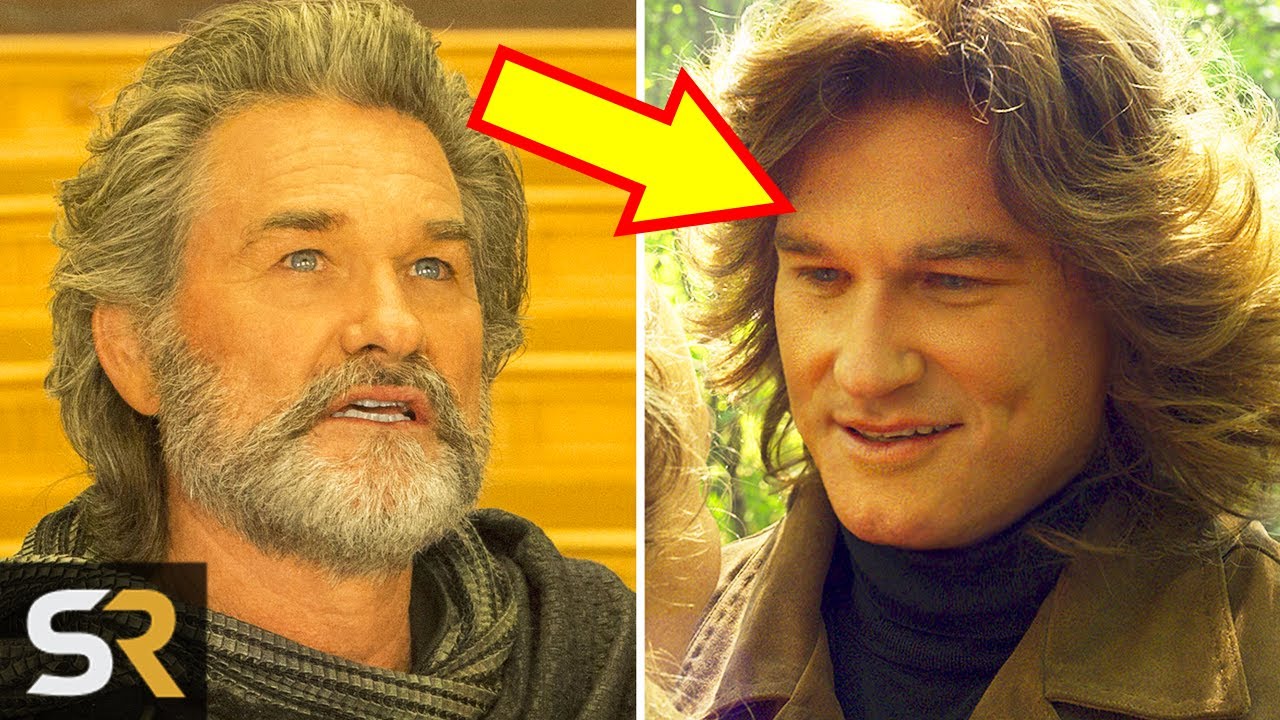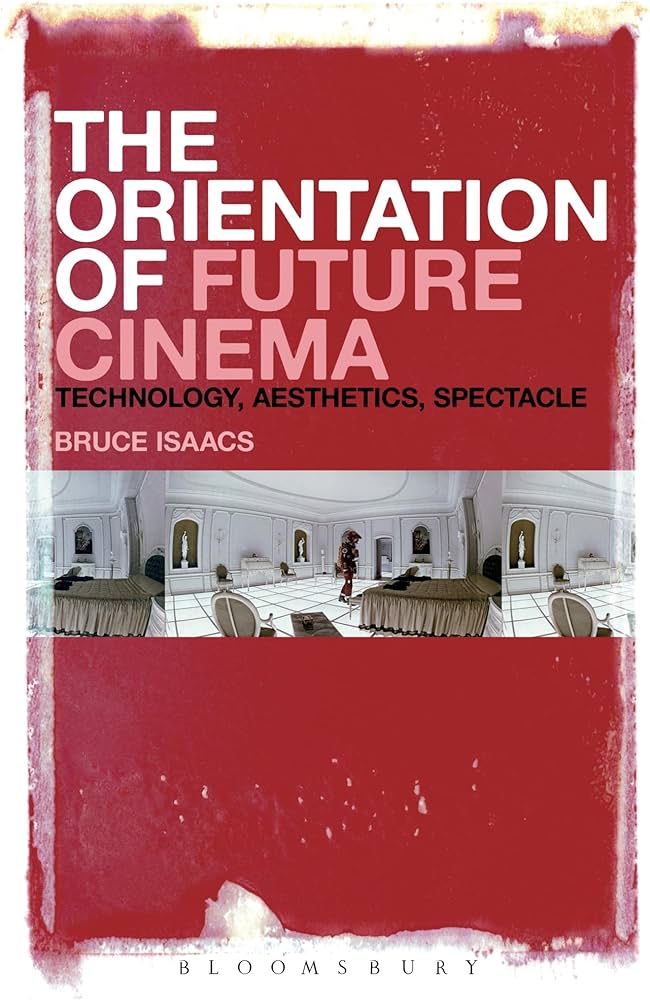
The Future is Here: Navigating the Intersection of Technology and Cinema in Tom Hanks’s Here
Reimagining the Past and Future
In a fascinating blend of storytelling and cutting-edge technology, Tom Hanks’s upcoming film Here emerges as both a nostalgic journey and a futuristic exploration. Directed by Robert Zemeckis, renowned for his innovative approaches to filmmaking, Here is adapted from Richard McGuire’s graphic novel and takes audiences through thousands of years, examining the evolution of a single piece of land. Amidst the cinematic landscapes of the distant past and far future, this film uniquely pan focuses on the decades when the land is a home owned by a couple, portrayed by Hanks and Robin Wright. This latest project not only reunites the star duo but also raises questions about the use of digital de-aging technology that has rapidly gained traction in Hollywood.
An exploration of time and technology through cinema.
The trailer’s release, much awaited by fans, highlights not just their comeback but also the remarkable digital de-aging that transforms Hanks and Wright into their youthful selves. As Hanks, now 67, appears rejuvenated, reminiscent of his charming performances in the 80s, the use of technology raises intriguing discussions about its implications for storytelling and stardom in the film industry.
A Technological Endeavor with Human Consequences
Zemeckis has long been at the forefront of technological innovation in filmmaking. His work on The Polar Express and films like Back to the Future showcases an enduring fascination with how time alters our experiences. This persistent curiosity in technological advancement is evident in his collaborations, all of which utilize groundbreaking effects to reshape audience engagement.
Hanks’s acceptance of digital de-aging reflects a larger trend in Hollywood. On The Adam Buxton Podcast, he expressed a nonchalant attitude towards the potential of digital portrayals extending beyond his lifetime. “Anybody can now recreate themselves at any age by way of AI or deep-fake technology,” he remarked, highlighting a paradigm shift in how performances can endure long after the actors depart from the stage.
This potential creates a dual-edged sword for the industry. On one hand, it offers a compelling platform to revisit beloved characters and narratives. On the other hand, it poses unsettling ethical questions about the obsolescence of actual human talent in favor of their AI counterparts. Moreover, de-aging may hinder the opportunities for younger actors who find themselves edged out in favor of established stars.
The Evolution of De-Aging Technology
The journey of de-aging technology in cinema is remarkable, evolving from a novelty to a crucial aspect of modern filmmaking. Back in 2006, audiences were introduced to a digitally rejuvenated Patrick Stewart and Ian McKellen in X-Men: The Last Stand, though the response was more chuckle than applause. As the years progressed, films like The Irishman and Gemini Man showcased increasing sophistication in CGI applications. However, despite the technological advancements, the emotional resonance often dwells on nostalgia rather than narrative enhancement.
 The evolution of de-aging in film.
The evolution of de-aging in film.
In Here, the emotional gravitas places only secondarily upon the effects themselves; it tugs at the threads of audience’s collective memory of Hanks in his prime. As viewers, the de-aged image of Hanks evokes reminiscences of watching him embark on life-altering roles, while Robin Wright’s youthful portrayal triggers sentiments of nostalgia deeply embedded in cinematic history. However, the overarching reliance on such strategies arguably shifts focus away from new storytelling forms and fresh perspectives that should be drawn from emerging talent.
New Frontiers in Technology and Medicine
As Hollywood grapples with its reflections in digital technology, other sectors are also harnessing tech to address contemporary challenges. Notably, Upstate New York recently secured a federal tech hub grant, bringing a substantial $40 million investment aimed at amplifying the semiconductor industry along the I-90 corridor. This initiative, led by Monroe Community College and partner institutes, emphasizes workforce training and supply chain enhancement.
Senator Chuck Schumer accentuated, “With this major investment, the feds are shining a national spotlight… America’s semiconductor future runs through the heart of Upstate NY.” The burgeoning tech landscape highlights a partnership between education, technology, and industry, innovatively linking disparate realms just as Zemeckis does through intertwining timelines in film.
Bridging Technology and Public Health
Additionally, advancements in mRNA technology spotlight the fusion of healthcare innovation and public preparedness. Recently, the U.S. Department of Health and Human Services allocated $176 million to Moderna for developing an mRNA-based pandemic influenza vaccine. This funding intends to bolster pandemic responses, utilizing the technology achievements gleaned from the COVID-19 pandemic.
HHS Secretary Xavier Becerra stated, “We continue to develop new vaccines… as part of our pandemic response capabilities,” underscoring the significance of swift adaptability in health crises. Just as film technologies allow for seamless transitions across timelines, advancements in healthcare seek to create fast responses for emerging health threats.
The Future Awaits
The conversations surrounding digital de-aging and the evolution of how we reflect on past icons in film intertwine with crucial developments in technology and medicine. As industries merge, the future promises myriad possibilities. However, the caution persists—who benefits when technology becomes the storyteller? As entertainment, education, and healthcare push bounds, society must align with ethical responsibilities to ensure that innovation compliments rather than eclipses genuine human connection and talent. The horizon gleams with hope, yet we must tread carefully on evolving terrain, ensuring that the narratives of tomorrow honor the rich mosaic of human stories we cherish today.
 Exploring the future of technology in cinema.
Author’s perspective: The intersection of technology and humanity defines our cinema-going experience.
Exploring the future of technology in cinema.
Author’s perspective: The intersection of technology and humanity defines our cinema-going experience.















